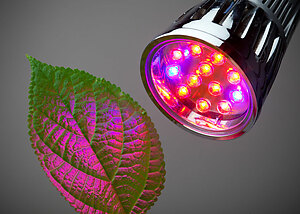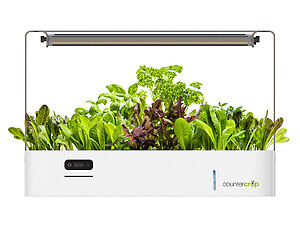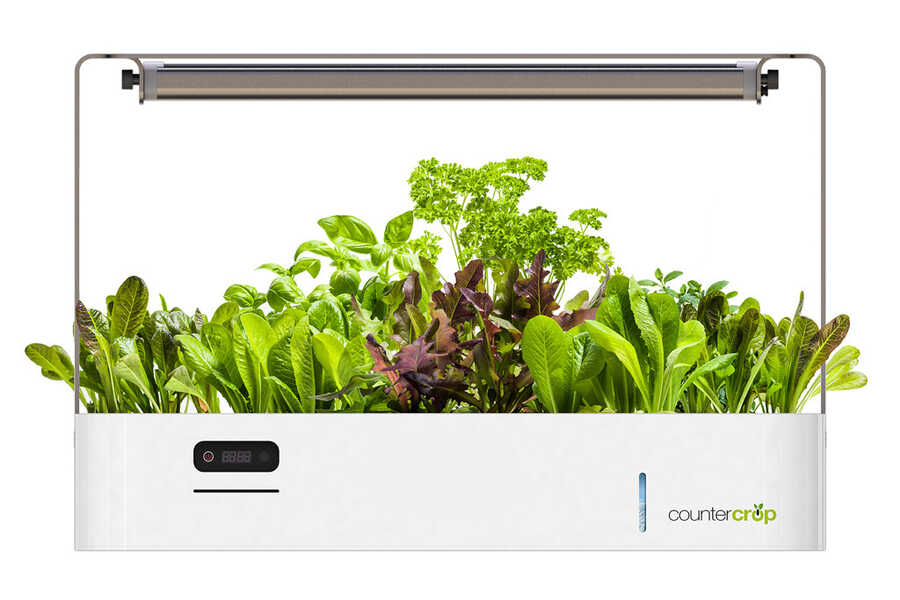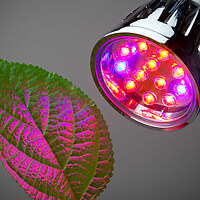Nowadays is possible to plant a garden within your kitchen. Light is indispensable for plants growth. In fact, natural sunlight is the cheapest source available; however, it is not always available in sufficient quantities because of location and seasons. For instance,in areas between 40 and 80 degrees latitude the amount of daylight requiredfor appropriate plant growing is limited during the winter. Therefore, during this period,the use of artificial light has become very common in greenhouses to increaseproduction and quality. Thus, increasing costs of production. Regarding all these factors, nowadays there have been developed several systems and strategies that allow growing greens, vegetables and herbs within your home, such as growthlight.
To understand what is growthlight and how it works it is important to mention that, for the human eye, light is the visible part of electromagnetic radiation. Therefore, mostproducts for lighting are developed for human applications. For these purposes theintensity of visible light is expressed in lux. It is important to indicate that lux is a photometric unit that is basedon the average sensitivity of the human eye. On the other hand, plants have an entirely different sensitivity for light colors than human eyes. Regarding plant growing it is important to define light as small light particles, also called photons or quantum. Essentially, the energy content of photons is different, depending on wavelength. Therefore, plant growth is not determined by lux or energy,but by photons from the blue to red (400-700 nm) part of the spectrum. In summary, growthlight is a technology that has been developed to mimic the sunlight for growing plants. Thus, supplementing natural daylight to enhance photosynthesis. (PhilipsElectronics, 2010)

Currently, There have been developed some strategies and technologies in which artificial light can be used to improve growth and extend the growing season, especially regarding commercial crops. For instance, advanced LED lighting is a “smart” indoor garden strategy that mimics natural light patterns for faster growth cycles.
What is more, the interest in local food in combination of recent developments in low-power LED lighting technology and new hydroponic growing systems, has promote the development of new technologies that allow growing plants indoors. Thus, producing fresh greenery. For example, there is a new technology that is designed to help people to grow plants inside their kitchens, and it is known as a CounterCrop. This system uses led growthlight technology to achieve photosynthesis within the system. Thus, growing plants. Some other features about this system are that low water and energy are required; besides, zero transportation costs. (Countercrop, 2014)

Bibliography
Countercrop. (2014). Countercrop. Retrieved 12 30, 2014, from Countercrop: http://countercrop.com
PhilipsElectronics. (2010). Growing your profits: Horticultural lighting. Koninklijke Philips Electronics N.V.



